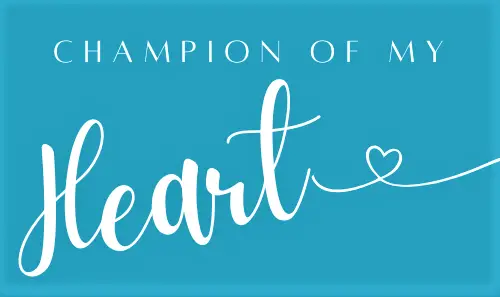I found a copy of Canine Body Language: A Photographic Guide by Brenda Aloff at my local library and checked it out, based on Dog-Geek and KB‘s recommendations, after I shared my Calming Signal confusion. I’ve read through the whole thing once, and I have plenty thoughts to share soon. Today, the topic is this: I believe Lilly speaks Dog-lais with either a heavy accent or poor syntax. She mixes her metaphors. She conjugates her verbs incorrectly. She reads like electronic assembly instructions translated from the original Chinese.
Seriously. I think Lilly speaks Dog-lais as a second language. I have NO idea what her native tongue is.
I’ve made longtime study of Lilly — her moods, her body postures, her meaning. And, still, when I really LOOK at what she’s “saying” to other dogs, it makes me want to laugh … or cry.
For example, last week, I saw Ginko giving Lilly a wary Whale Eye, but her body posture was low. Her ears were down. Her tail was wagging fast and low in a very submissive, heading toward puppy kisses kind of way.
I moved to get a better look at the tableau and realized that despite ALL the signals of appeasement, Lilly was curling her lips and baring her teeth at Ginko.
No wonder he seemed cautious. She must confuse the heck out of him. She could win the Academy Award for her rendition of The Three Faces of Eve.
Quite often, she’ll mix these signals, then immediately have a kissing fit all over his face — almost like an apology. I’ve tried several times to get video or a photo of this, but no success yet. Stay tuned.
I know that I probably cannot weigh my observations of Lilly only in the Ginko context since they clearly have a much deeper and more complicated relationship, but it is interesting to see how often his body reads compared to hers.



I wonder as well if the drugs she was on at such an early age to treat her parvo (I’m assuming she was given some kind of drugs?) could have effected her brain chemistry.
We don’t know much, really. But the fact that she ended up in a shelter at 6 months old, doesn’t bode well. We suspect she had a somewhat “deprived” puppyhood. And, by that I mean, NOT the kind of puppy care, exposure, and training most of us would provide. So, I’m guessing she had Lilly, if any, contact with other dogs/pups in a constructive way.
Very early on, I wrote this account of how Lilly came to live with me. It includes some additional info the animal communicator gave me.
We got Lilly into group training as soon as she was healthy enough (about 9 months old), but our socialization window was quickly closing. And, I now know that I picked the WRONG kind of trainer early on.
I’m not sure you ever saw Lilly before things got significantly worse (around 2 1/2 years old). Up til then, she was shy, but she could be around dogs and do pretty well.
From a scientific sense, our behaviorist believes Lilly’s fears are a combo of genetics, deprived puppyhood, and illness while young. She said when we met that you mix up those three elements in a pot, you’ll see dogs just like this across any breed. It’s like a perfect recipe, but in a bad way.
Very interesting observations about Lilly. Do you know anything about her life before you? I wonder if she missed being exposed to normal-behaving dogs at a key point in her development.
I’ve read in a bunch of places that one of the key reasons to take a puppy to puppy class is so that they get a higher education in dog language (beyond what mom and littermates taught them).
I’m glad that Ginko has her figured out. And, it sounds like Katie doesn’t get confused either. That gives her a great couple of friends.